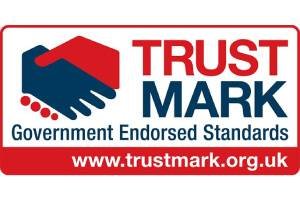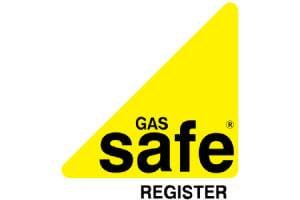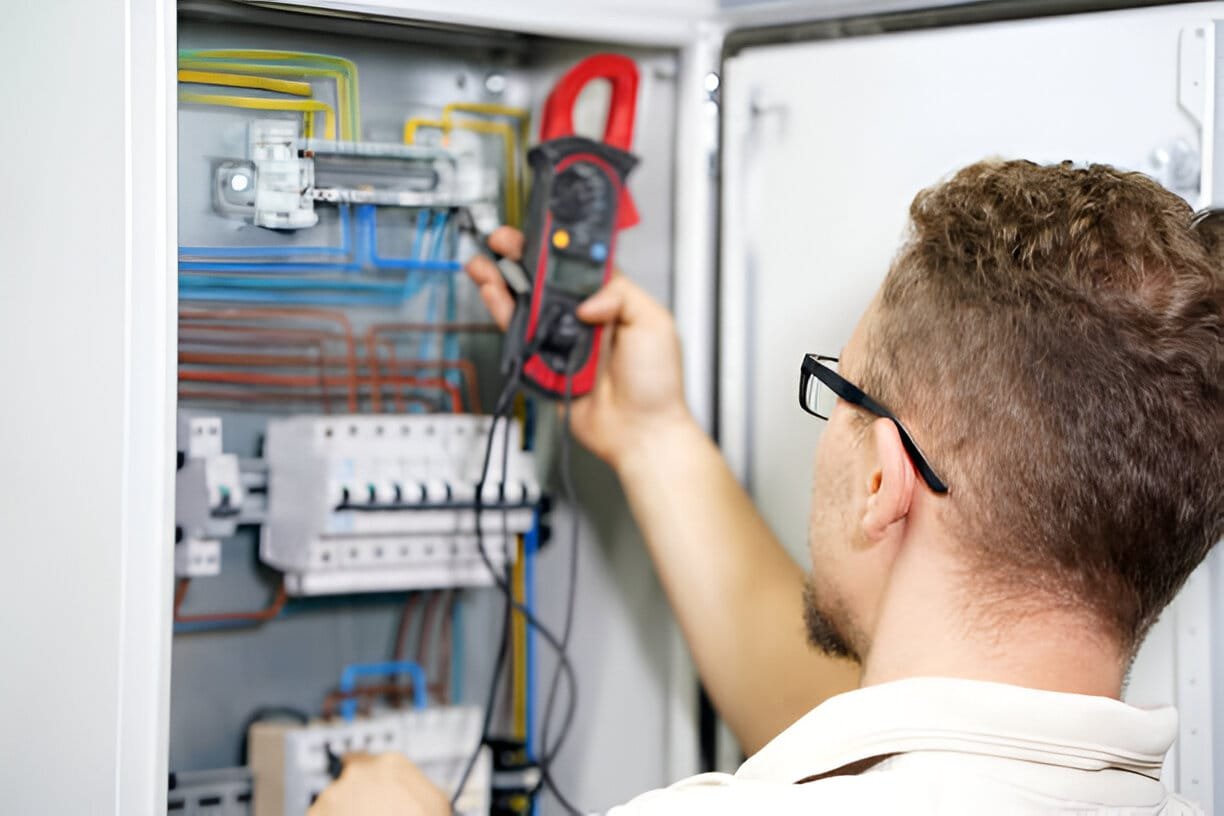
EICR testing, or Electrical Installation Condition Reporting, plays an essential role in modern electrical safety. It offers a detailed assessment of electrical systems, discovering electrical threats that could endanger safety. Conducted by qualified professionals, this testing adheres to strict regulations. Understanding its significance can impact the safety of both residential and commercial properties. But what exactly does the testing process entail, and why is it important for landlords and tenants alike?
Key Takeaways
- EICR reviews electrical installations for safety, highlighting dangers like faulty wiring and overloaded circuits to avoid accidents.
- Landlords are legally required to conduct EICR tests every 5 years and provide reports to tenants within 28 days.
- The testing process includes visual inspections and thorough evaluations of wiring, circuit breakers, and RCD effectiveness.
- EICR reports categorise findings by severity, offering recommendations for repairs and ensuring compliance with safety regulations.
- Regular EICR testing helps maintain electrical safety, protects investments, and fosters trust between landlords and tenants.
Breaking Down What EICR Testing Really Means
EICR testing, or Electrical Installation Condition Reporting, serves as an integral analysis of electrical systems within a property. During the process, wiring, joints, and electrical components are thoroughly tested to make sure they align with safety regulations.
The primary objective of EICR testing is to study possible risks, such as overloaded circuits or faulty appliances, that could pose risks to occupants.
During the assessment, the electrician inspects the system thoroughly to verify that it aligns with the most recent wiring rules. They examine both the condition and functionality of the electrical system, providing a detailed report outlining any issues found.
This report not only highlights areas needing repair or upgrade but also offers recommendations to enhance the system’s safety and efficiency.
Regular EICR testing is essential for maintaining safe living and working environments, guaranteeing that properties adhere to electrical safety standards and protecting the well-being of all who use them.
Who Should Arrange an EICR Test and When?
Arranging an EICR test is often the responsibility of landlords, property managers, and homeowners, particularly when it comes to guaranteeing the safety of tenants or residents. The frequency of these tests can vary depending on the type of property and its usage.
Here’s a brief overview of who should arrange an EICR test and when:
| Role | When to Arrange | Notes |
|---|---|---|
| Landlords | Every 5 years | Required for rental properties |
| Property Managers | Every 5 years | Essential for tenant safety |
| Homeowners | Every 10 years | Recommended for personal safety |
| Businesses | Every 5 years or with changes | Compliance with safety regulations |
| New Homeowners | Before moving in | Guarantees that electrical installations are safe |
Understanding these timelines helps guarantee that electrical systems are regularly assessed for safety and compliance.
Practical Advantages of Having Regular EICR Tests
Regular EICR tests provide significant practical advantages, especially in enhancing the safety and reliability of electrical systems.
These assessments measure danger, such as faulty wiring or outdated equipment, ensuring that electrical installations comply with current safety regulations. By conducting regular tests, property owners can prevent electrical failures that may lead to dangerous situations, including fires or electrocution.
Regular testing also contributes to peace of mind for landlords and tenants alike, encouraging a safer living or working environment.
Maintaining a valid EICR can be beneficial for property insurance, with insurers often expecting proof of safety compliance. By committing to regular EICR testing, property owners take a proactive stance in protecting occupants, assets, and overall value.
Inside the Process: What Happens During an EICR Test?
Understanding the steps involved in an EICR test can further illuminate its value in maintaining electrical safety.
Initially, a qualified electrician conducts a thorough visual examination of the electrical installation, checking for any visible signs of wear, damage, or non-compliance with safety regulations.
Following this, detailed electrical testing is performed, which includes testing of the integrity of wiring, circuit breakers, and protective devices.
The electrician measures insulation resistance and continuity, ensuring all circuits function correctly and safely. Additionally, the testing of residual current devices (RCDs) is carried out to verify their effectiveness in preventing electrical shock.
After completing these measurements, the electrician compiles their findings into an extensive report. This document details any defects, necessary remedial actions, and recommendations for further maintenance.
Ultimately, the EICR test provides essential insights, ensuring that electrical systems remain safe and reliable for use.
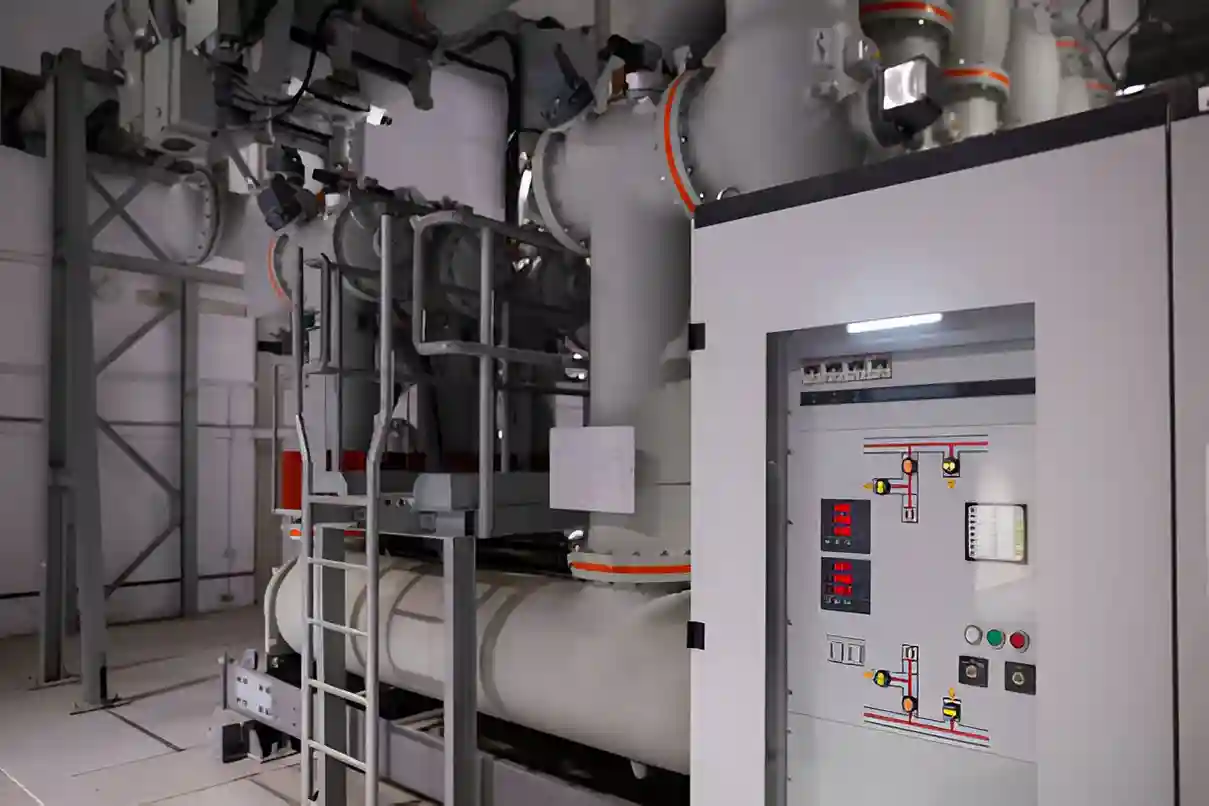
Recommended Timeframes for EICR Testing in Homes and Workplaces
While the frequency of EICR testing can vary based on several factors, general guidelines suggest specific timeframes for both homes and workplaces.
For residential properties, it is commonly recommended that EICR testing occurs at least every ten years, or upon change of occupancy. This timeframe allows homeowners to guarantee their electrical systems remain safe and compliant with current standards.
In contrast, workplaces typically require more frequent testing, with guidelines suggesting intervals of every five years or less, depending on the type of environment and the usage of electrical installations.
High-risk settings, such as construction sites or factories, may necessitate annual inspections to safeguard against dangers.
Ultimately, adhering to these recommended timeframes helps alleviate unsafe conditions associated with electrical faults and guarantees both residential and commercial properties maintain peak safety standards.
The Legal Side of EICR Testing in the UK Explained
EICR testing is not only a matter of safety but also a legal requirement in the UK. Property owners must guarantee compliance with regulations to avoid penalties and maintain safety standards. The law outlines specific responsibilities that landlords and employers must uphold regarding electrical installations.
- For rental properties, an EICR must be completed at five-year intervals.
- After an EICR is completed, landlords have a legal duty to share the report with tenants within 28 days
- Not complying with the regulations may trigger financial penalties and enforcement action.
- Ongoing inspections reduce risks and promote safer conditions for occupants and employees.
Understanding these legal obligations is essential for property owners to protect their investments and guarantee the safety of occupants. This approach ultimately benefits everyone involved, from landlords to tenants.
Typical Electrical Problems an EICR Test Can Reveal
Numerous electrical issues can be uncovered during an EICR test, highlighting the importance of regular inspections. These tests serve as a preventive measure to determine unsecure situations that could lead to electrical failures or safety risks. EICRs regularly highlight risks like obsolete wiring and damaged circuits, both of which may lead to dangerous electrical fires.
| Issue Type | Column 2 |
|---|---|
| Deteriorated Wiring | Wiring That Breaches Safety Requirements |
| Faulty Circuits | Circuits that overheat or trip frequently. |
| Insulation Failure | Damaged insulation can lead to short circuits. |
| Grounding Issues | Improper grounding increases shock risks. |
Tailored EICR Testing for Homes, Offices, and Industrial Sites
Electrical safety standards vary considerably across different environments, necessitating tailored EICR testing for homes, offices, and industrial sites.
Each setting presents unique challenges and risks that require specific approaches to guarantee safety and compliance.
- Homes: Focus on common issues such as outdated wiring and overloaded circuits to protect family members and property.
- Offices: Address the need for reliable power supply and secure installations, emphasising the safety of both employees and equipment.
- Industrial Sites: Implement rigorous testing protocols to manage high voltage systems and complex machinery, minimising downtime and hazards.
- Environmental Factors: Consider external elements such as humidity and temperature, which can affect electrical systems differently across locations.
Why Landlords and Businesses Can’t Overlook EICR Testing
How can landlords and businesses guarantee the safety of their properties and tenants if they neglect EICR testing?
By performing EICR testing, landlords and businesses guarantee compliance with legal obligations, safeguarding both their investments and the well-being of occupants.
Failure to conduct these tests can result in severe consequences, including electrical fires, injuries, or even fatalities, highlighting the critical nature of this process.
Moreover, overlooking EICR testing can lead to significant financial repercussions, as non-compliance may result in heavy fines and increased insurance premiums.
Regular testing fosters trust between landlords and tenants, as it demonstrates a commitment to safety and responsibility.
Ultimately, prioritising EICR testing is not merely a legal requirement; it is a fundamental aspect of property management that protects lives and enhances the reputation of businesses and landlords alike.
Step-by-Step Guide to Booking Your EICR Test
Booking an EICR test can be a straightforward process if approached methodically. Individuals or landlords seeking to guarantee electrical safety can follow these essential steps to secure their testing appointment efficiently:
- Availability: Enquire with multiple electricians to verify they have availability that fits your required timeframe.
- Request a quote: Obtain detailed cost estimates, including any possible additional charges, to guarantee transparency.
- Confirm the appointment: Once a suitable option is identified, finalise the booking by confirming the date and time, as well as any specific requirements.
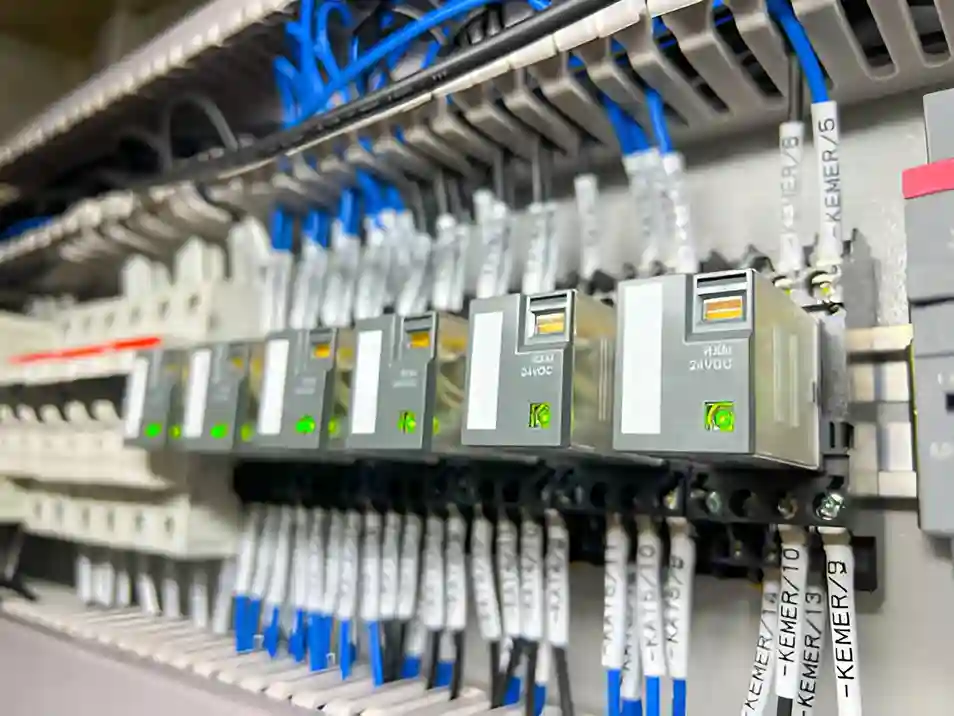
EICR Findings Explained and How to Address Them
Once the EICR test is completed, the next primary step involves understanding the report generated by the electrician. The assessment details the condition of electrical installations and verifies their alignment with safety requirements.
Key details include any concerns raised, recommended measures, and electrical problems, all categorised by risk level. Homeowners should pay particular attention to codes indicating whether the installation is satisfactory, requires improvement, or is unsatisfactory.
Each observation will typically have a corresponding recommendation on necessary actions, which may range from simple repairs to more extensive upgrades.
Homeowners are encouraged to discuss any uncertainties with their electrician to clarify the implications of the report. Acting on the recommendations on time can prevent risks and promote a safer living environment, ultimately reinforcing the importance of proactive electrical maintenance.
Budgeting for Safety: What Does an EICR Test Cost?
Understanding the implications of an EICR report is important, but homeowners must also consider the financial aspect of undergoing this assessment. EICR costs are shaped by aspects such as property dimensions and the standard of the electrical infrastructure.
Homeowners can expect to budget for the following:
- Average cost: Generally ranges from £100 to £250 for standard residential properties.
- Condition of wiring: Older or faulty systems may require additional evaluation, impacting the total cost.
- Regional variations: Prices can differ greatly based on geographic location and local demand for services.
Ultimately, investing in an EICR test not only safeguards safety but can also prevent costly future repairs. Understanding these factors helps homeowners make informed decisions about their electrical safety.
Frequently asked questions.
Conclusion
In summary, EICR testing is an essential component of modern electrical safety, ensuring that properties remain compliant and safe for occupants. Consistent safety reviews don’t just detect risks; they also reassure tenants and reinforce landlord credibility. By understanding the importance of EICR and following recommended guidelines, property owners can proactively maintain their electrical installations, ultimately safeguarding lives and assets. Embracing this modern approach to electrical safety is a fundamental step towards a secure living and working environment.


